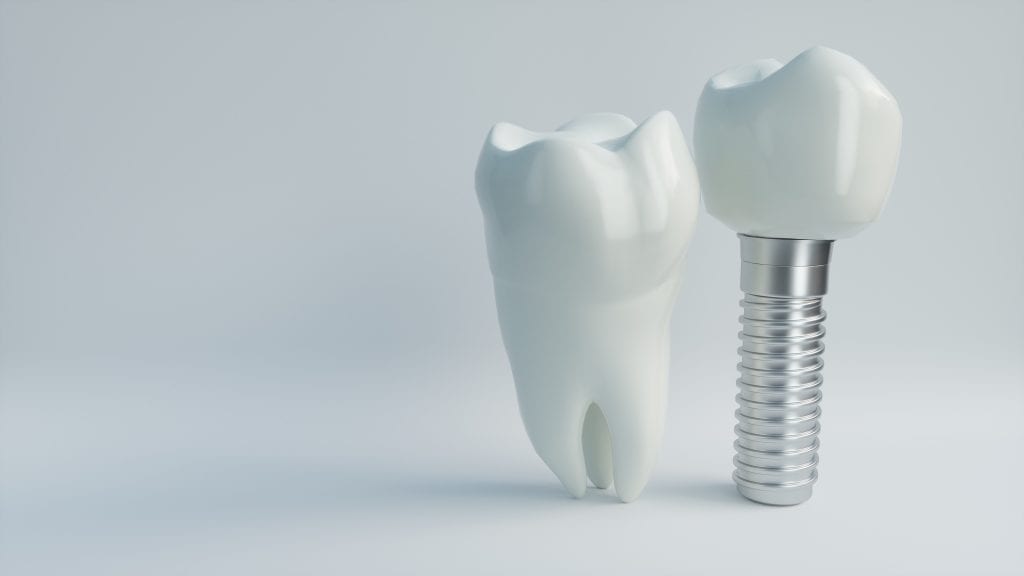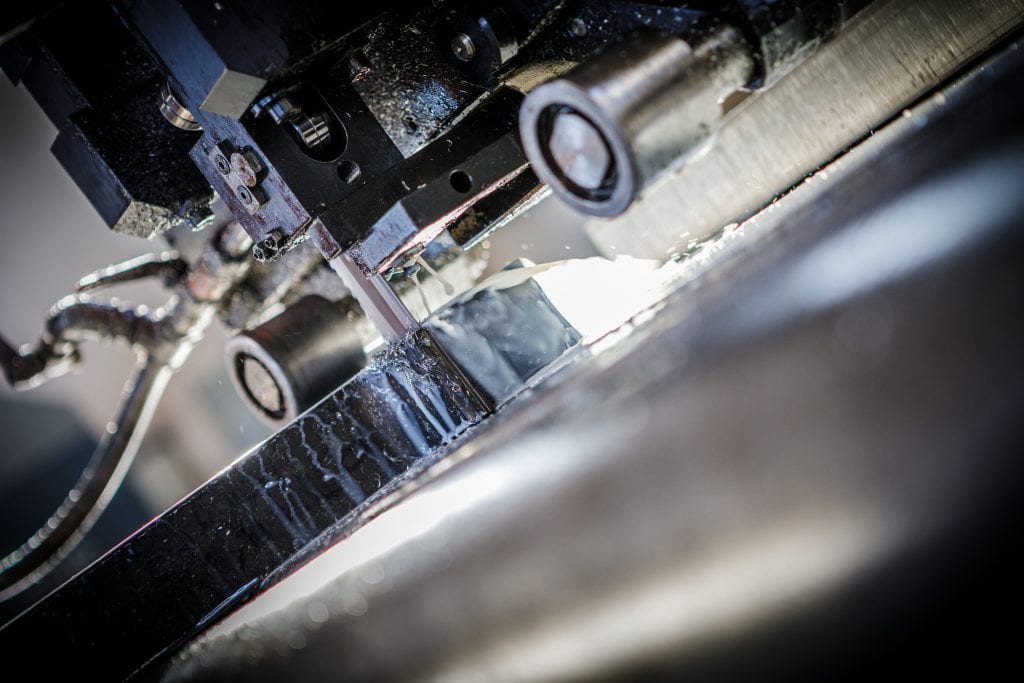
Heat resistant, lightweight, strong, and malleable all describe some of the remarkable properties of titanium. But those same properties can make it a challenge when it comes to machining titanium components.
Uses for titanium include aerospace, automotive, medical, sporting goods, healthcare, marine, consumer products, building and architecture, art, chemical processing, and refining — a somewhat exhaustive, but not a complete list of industries currently taking advantage of those characteristics in the latest designs for their products.
Here at United Scientific, we have manufactured components for all of these industries. With a 99-plus percent accuracy rate, we have experts at the ready who know how to handle titanium’s challenges. Contact us today for a quote on your next project.
What makes titanium so unique?
Titanium is a chemical element that comprises .44% of the earth’s crust. Only magnesium, iron, and aluminum exceed this element’s abundance.
Almost all soils, rocks, sands, and clay contain titanium. Up until the 1950s, though, extracting pure titanium was just an interesting metallurgical lab experiment.
Pure titanium is less than twice as dense as aluminum and half as dense as iron. The metal is ductile, has a low thermal and electrical conductivity, and is weakly magnetic.
In the 1950s, the Kroll process was developed at an industrial level to extract titanium from ilmenite or rutile ore. The ore is heat-treated with carbon and chlorine, resulting in titanium tetrachloride.
The titanium tetrachloride is then mixed with molten magnesium and undergoes additional steps to extract the titanium and form it into ingots. These ingots are then processed into milling materials such as tubing, wire, bar, sheets, and plates.
The metal’s characteristics of high strength, low density, and corrosion resistance make it the optimal choice for air and spacecraft. Not reacting with fleshy tissue or bone also makes it the perfect choice for prosthetic devices.
Yet with all these excellent metal characteristics, titanium metal production accounts for only 5 percent of annual usage. The rest goes to the pigment industry, most often in the form of titanium oxide, used in high-gloss paints, ceramics, plastics, inks, and much more.
Titanium applications
Sporting goods
The world’s lightest bicycle weighs only 6 lbs due to titanium being the core material. The high strength to weight ratio of this metal makes it ideal for a variety of sporting goods applications.
Golf club heads are another example of this lightweight metal put to use. While possible to make these heads of steel, aluminum, wood, or graphite, titanium is still one of the most popular choices.
Medical devices
Bone is roughly the same density as titanium and adheres freely to this exemplary metal. Titanium is considered one of the most biocompatible metals available. It is not absorbed by the human body, thus allowing it to stay in place for extended periods with no adverse effects.
This longevity and innocuousness make it ideal for surgical implants like joint replacements, dental implants, and heart stents. It’s high-strength, but low-weight properties of the materials also make it excellent for surgical tools.
Aerospace industry
One of the first uses of titanium alloys in the aerospace industry was in the structure and skin of the SR-71 “Blackbird†airplane. The SR-71 took its first flight in December 1964 and eventually reached a speed record of Mach 3.5, which it held for over 30 years.
The reason titanium was so essential to this aircraft was that all other metals at those speeds melted in flight. Within the last decade, aircraft frames and engines consumed approximately 72% of all titanium metal produced.
Marine applications
The corrosion resistance of titanium lends itself well to marine applications as well. Propeller shafts, components in desalination plants, scientific ocean monitoring devices, and divers’ equipment are just a few places where this versatile metal comes into play.
Machining titanium tips
The same characteristics that make titanium so versatile, also present some unique challenges when it comes to machining titanium.
Keep it cool
Titanium’s low thermal conductivity may be an advantage in some end-use applications but causes it to trap heat in the tools. First, choose tools made for high heat jobs such as coated high-speed steel tools.
Increasing feed rates may also allow the heat to transfer into the chip instead, preventing the tools from degenerating so quickly due to heat transfer.
Another way to help your tools keep it cool is with the generous use of cutting fluids and coolants. Using coolant fed cutting tools is an excellent way to precisely control the coolant path.
Use a tool with a smaller diameter. A smaller tool allows more coolant and airflow around the tool and surface, keeping working temperatures lower.
Keep it stable
Because titanium is so ductile, yet durable, the forces needed for machining can easily cause the piece to vibrate or chatter. You need a very stable cutting surface.
Although recommending increasing feed rates previously, to transfer heat to the chips, make sure you keep your speeds and feeds consistent, or this can also induce more chatter.
Keep it clean and sharp
Add high pressure pumps to prevent chips from washing back into the tool zone and cutting path.
Keep your tools sharp. A dull tool causes heat to build up in a situation where the temperature is already an issue. Since titanium is relatively more expensive than steel or aluminum, wasted parts due to tooling failure is not an option.
An advantage for every application
The initial expense may seem like a disadvantage to this versatile metal. Still, when you factor in its durability, this metal may prove to be a more cost-effective material in the long run.
Other than that initial per piece expense, and challenges in machining titanium, the advantages of this multifaceted metal far outweigh the disadvantages. Titanium compares to steel for strength yet is durable and ductile.
Its natural corrosion resistance makes it ideal for marine applications. The metal’s high strength to weight ratio makes it the material of choice for the aerospace industry.
That same lightweight property and biocompatibility lend itself perfectly to the medical industry for tools and implants.
When you need experience, precision, and accuracy for your next titanium machining job, contact the experts at United Scientific. Let us make sure you take advantage of everything titanium has to offer on your next project.




